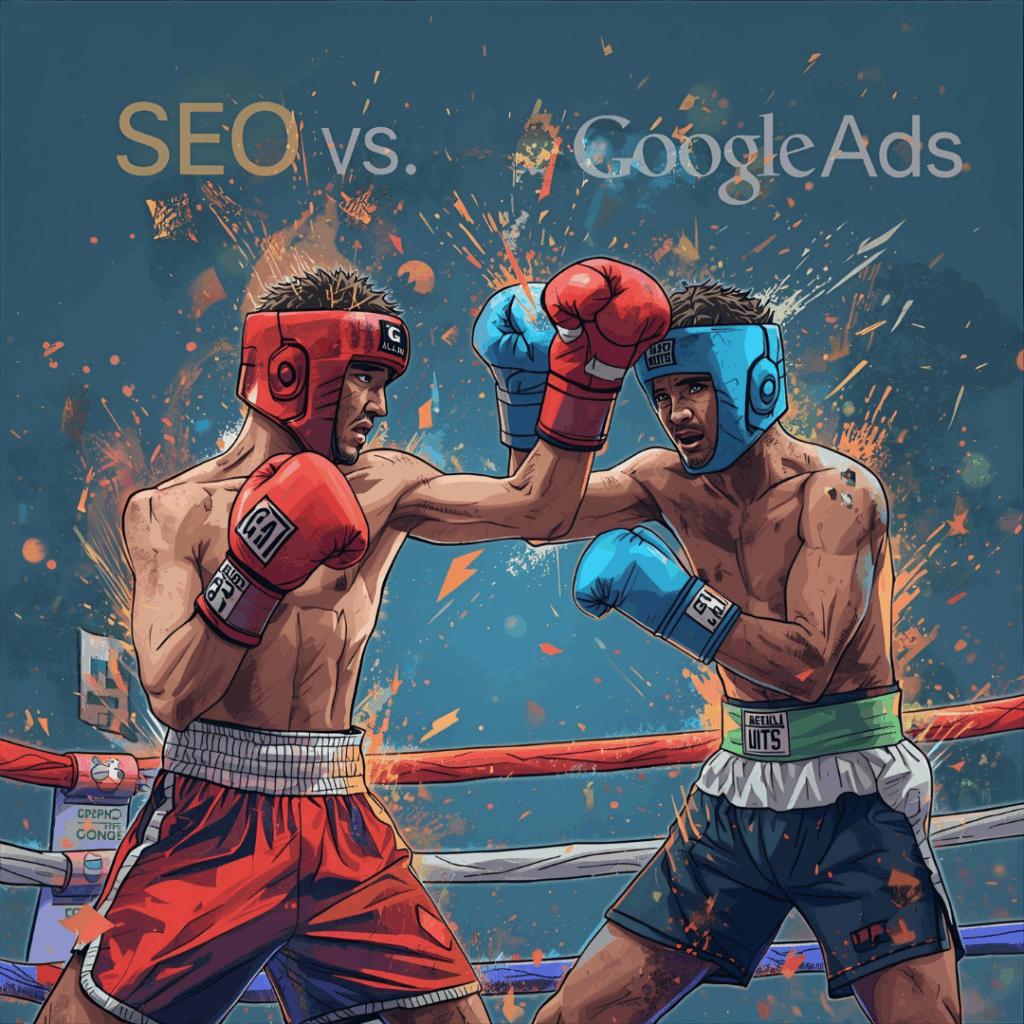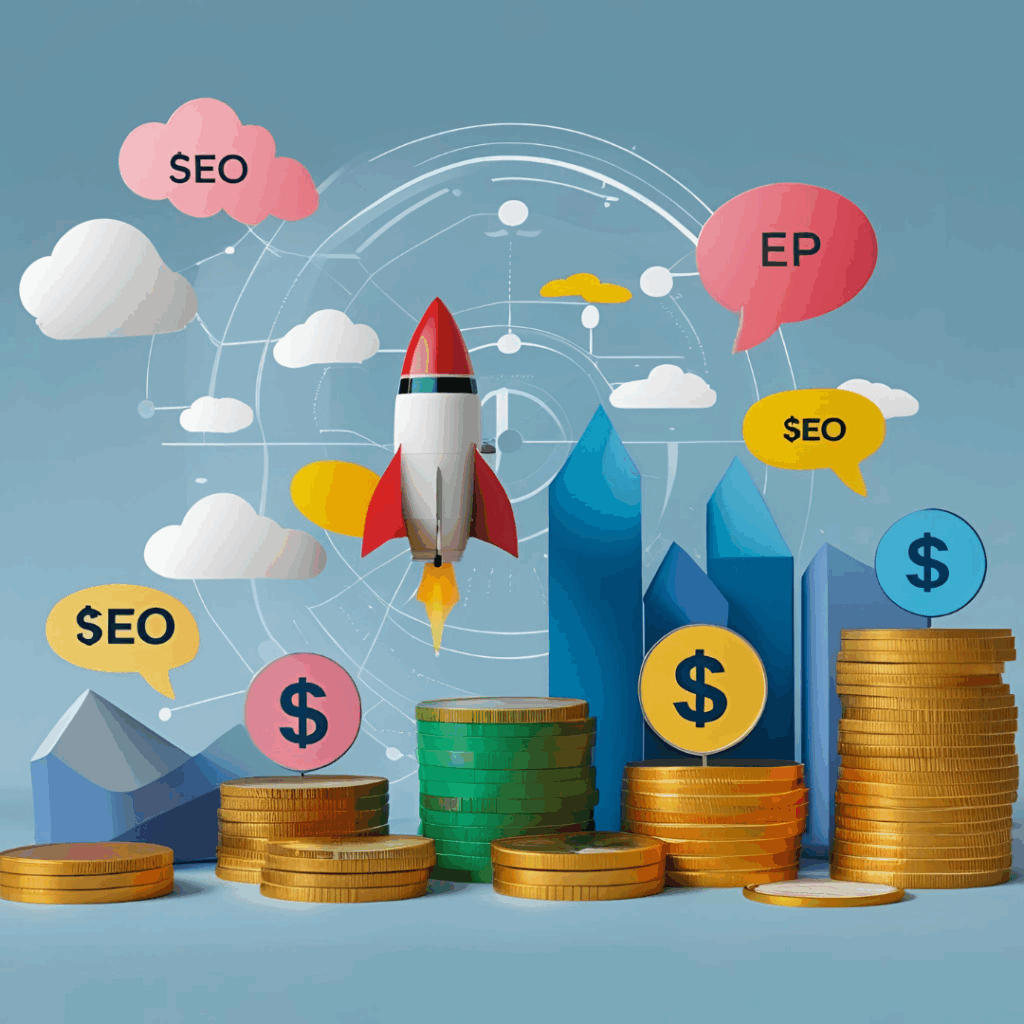Inbound Marketing Is Not Overrated
Inbound and outbound. Push and pull. Traditional and digital. No matter what you call it, inbound marketing is worth investing your time and efforts in.
Essentially, Inbound Marketing (a concept oh so geniously created by HubSpot) is the method of attracting customers using digital resources like social media marketing, email marketing, search engine optimisation, branding and content marketing – the latter being the absolute most important.
To fully understand how inbound marketing works its magic, one must understand the importance of the following 3 points.
1. Research Your Buyer Personas
So let’s get this out of the way first: Buyer Personas are not the same as your target audience. However, that does not mean that your buyer persona cannot be used as a target audience. Basically, a buyer persona is a ‘typical’ buyer. Consumers’ habits, interests, challenges and traits creates the profile. By tracking these different aspects, and adjusting along the way, will be possible to set up a persona. Keep in mind to base the personas on the research and tracking, rather than basing them on your own assumptions.
There is no place for bias when it comes to selecting your personas. You don’t want to be marketing to a person that only exists in your own perception.
It is important to understand that your personas will never be exactly the same as your customers. They will allow you to understand what type of people you are dealing with. It includes their lifestyle, their contact preferences, and maybe most importantly, the way and tone they like to communicate in. All these different things help you understand who you’re selling or marketing to. Moreover, it helps to understand how you should be selling to them.
2. Understand the Buyer’s Journey
Once you know who you are marketing to, it is imperative you understand when you are doing it. Your customer will certainly go through several phases before ultimately choosing to buy your products or services. When considering the processes that individuals go through on a personal level, according to the KAB methodology, these processes are split into three different elements: knowledge, attitude and behaviour. So if you aim to influence an individual, it is essential to understand how to utilise these three elements.
In inbound marketing, those elements have been transformed into three buyer’s journey stages: awareness, consideration and decision. So let me explain how these connect to the KAB method. In the awareness stage, buyers realise they have a problem but are unsure what it is exactly. This is where you help them form an idea about where the issues they’re experiencing may be coming from. Keep in mind you are not directly selling your products and services yet at this point.
After buyers realise there is a problem, they will start looking for specific information on what they are experiencing. This means they have entered into the consideration stage. At this point you present them with possible solutions. Once again, you are not yet selling or marketing your products or services directly. The main thing you want to ensure is that the buyer perceive you are trustworthy and capable. Basically, you are ensuring that the buyer’s attitude towards your company, products, or services becomes positive.
The last stage the buyer will enrol in is the decision stage. This is where they actually take the action to buy a product or service, whether it is yours or not. In this stage, you will want to influence the buyer’s behaviour. Behaviour = Action. The buyer is deciding on which solution is best fit for their problem, and who they want to solve it. So make sure they pick you. And yes, this is where you start marketing and selling your products or services directly.
3. Create Marketing That People Love
Inbound Marketing focuses on marketing to people when they’re ready to be marketed to. Content that fits their wants and needs at that time. The sales funnel models that we are all familiar with – you know, the one that shows us how many customers can or should be gathered from the total number of leads.
In the Inbound Marketing methodology, this sales funnel has been adjusted to fit the process and goals of Inbound Marketing. The methodology employs four phases: Attract, Convert, Close and Delight. Basically, these are the steps you undertake when selling a product or service to a potential buyer.
First you attract the client, and subsequently convince them that your company, products or services is/are the best choice. If you’ve been successful in doing so, you close the deal. Make sure your customer remains happy. This can ultimately transform a customer into a promoter. The latter is something that is often forgotten, but is by no means unimportant.
With the continuous and fast advances of this time, it is easy to forget that the main form of communication is still word-of-mouth. Even though this might not occur through traditional channels. According to this notion, promoters are your strongest asset. Happy customers make for great promoters of your company and brand, providing you with new potential customers.
Okay so, say we combine this methodology with the previously discussed buyer’s journey: will this help us? Yes. Yes it will. If we combine both the buyer’s journey (aka the phases a buyer goes through) and the inbound marketing methodology (aka the phases the company goes through), we create an overview of the communication process between both sender and receiver.
Now that we know at what stages both sender and receiver – or company and buyer – seem to align, we can tailor our content in such a way that it is both something the sender wants to tell and something the receiver wants to hear. Which – in all honesty – is exactly what marketers have been aiming to do for a very long time.
Great, what now?
Well, just start implementing SEO measures and social media marketing to make sure your personas become aware, implement call-to-actions to transform them into leads, provide them with case-studies to convince them of your expertise as a company, or send them personalised emails to nurture the relationship. Read into your personas and address them in a way that they would like to be addressed. Explore what a typical day in their live would look like and publish your content at times that seem most convenient to them.
There are infinite ways to present and distribute your content ideas, or to implement digital marketing methods that ensure your potential buyer turn into a brand promoter.
Just remember, if you communicate with your buyers in a way that seems natural to them, they will lose the feeling of ‘sales’ and will choose your company when a problem arises.
Are you ready to grow your business?
We write about a variety of topics in the digital industry.



